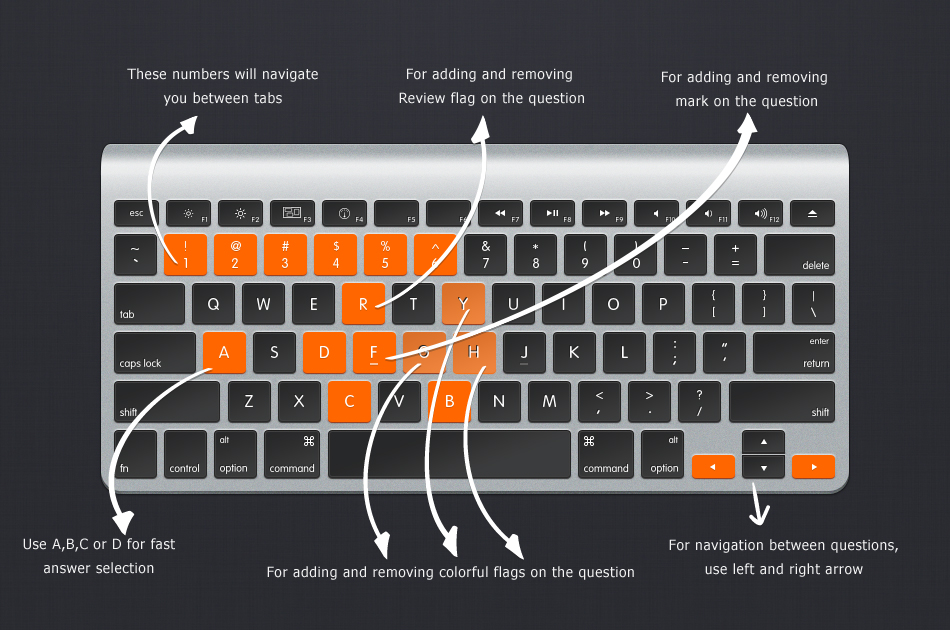Contingency fuel is an amount of fuel to cater for things that don't go to plan. It is carried to account for additional enroute fuel consumption caused by unforeseen factors such as stronger headwinds than planned, re-routing, a lower flight level than expected, higher speed than planned or perhaps you are just late and need to make up time.
Generally, according to ICAO Annex 6, the recommended minimum contingency fuel is the greater of 5% of the trip fuel or 5 minutes holding consumption at 1500' above destination airfield elevation computed based on calculated arrival weight. However, some regulators have eliminated the minimum time requirement and some have increased the recommended time interval in their National Regulations. As well, some regulators allow contingency fuel reduction to 3% of trip fuel, or to specific time increments, with use of enroute alternates and conditional upon demonstrated performance criteria from the Operator.
Your Notes (not visible to others)




